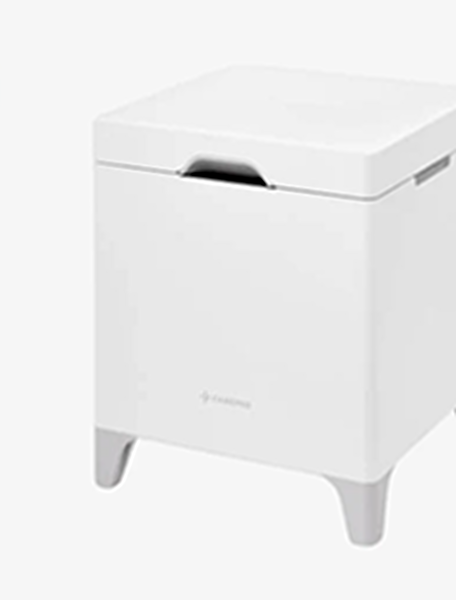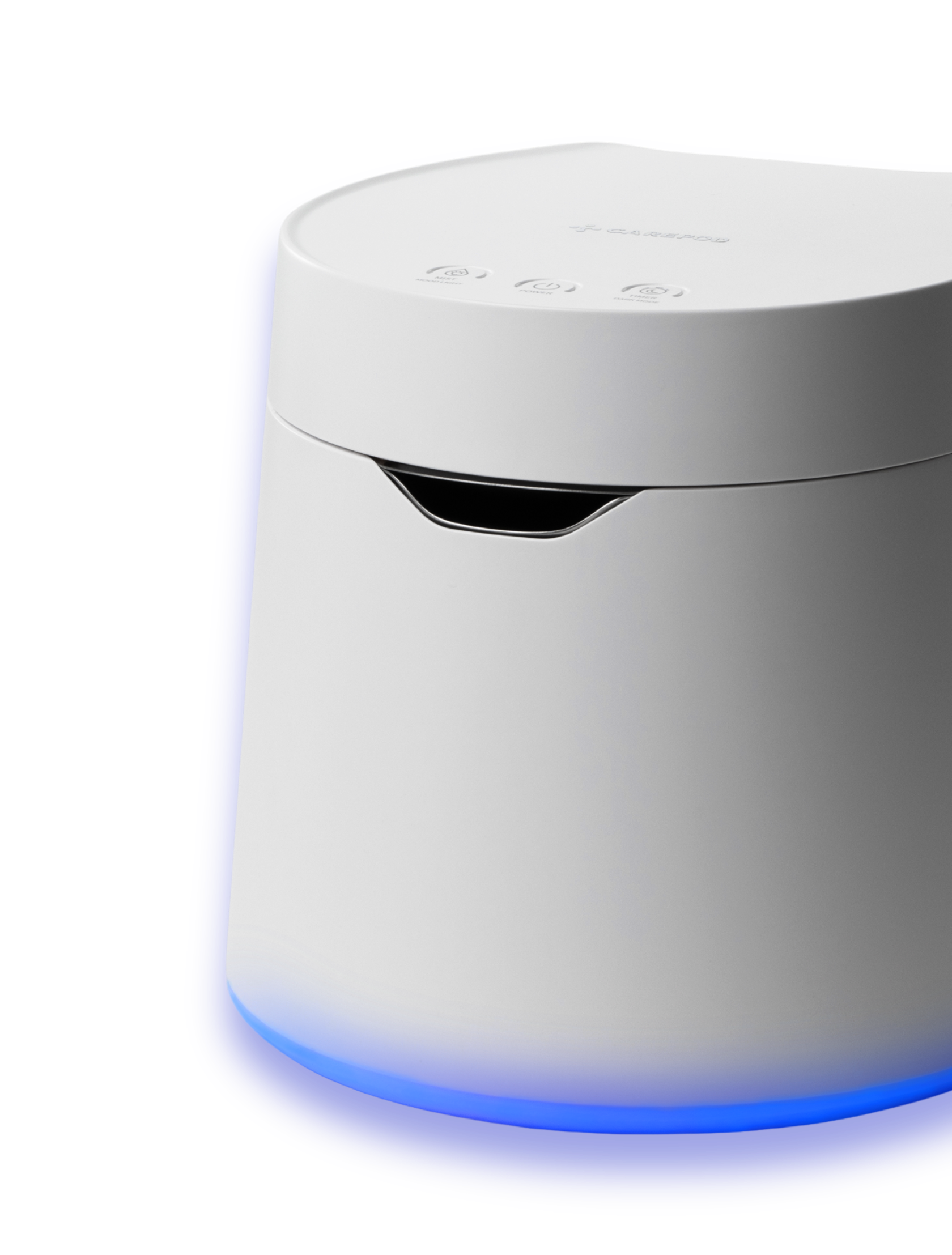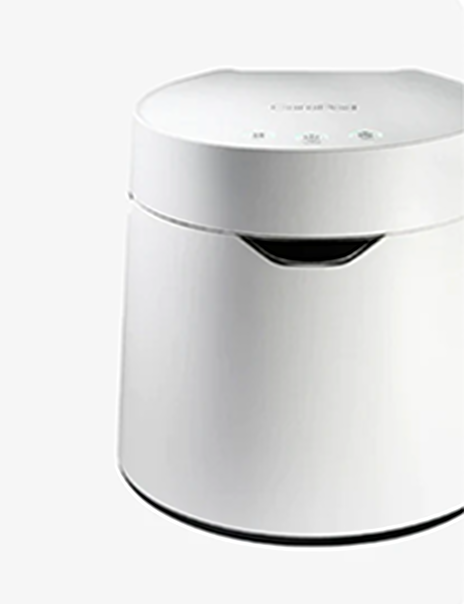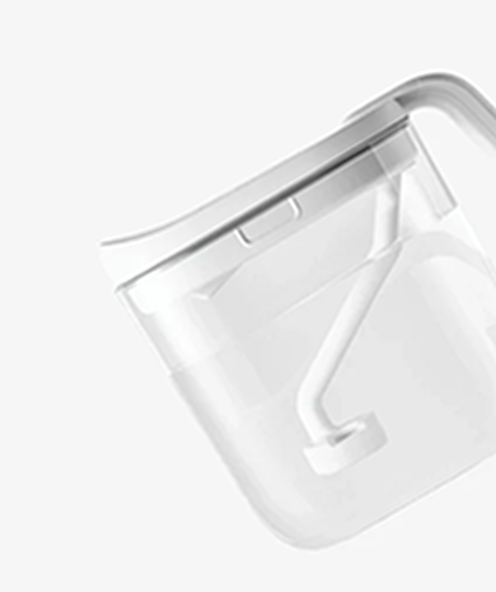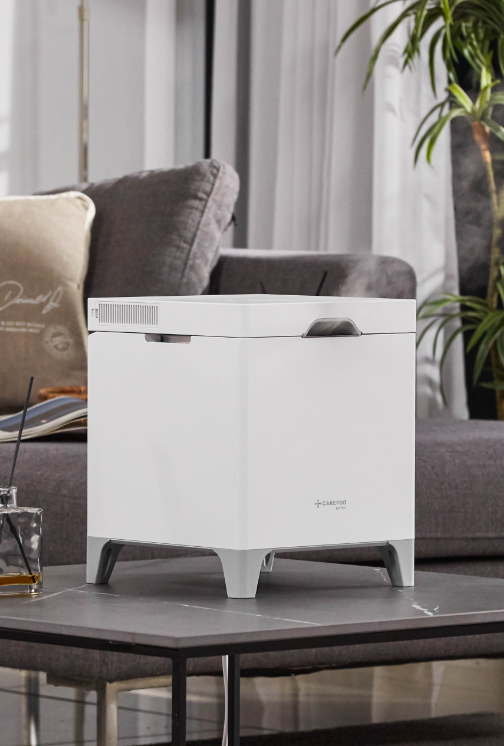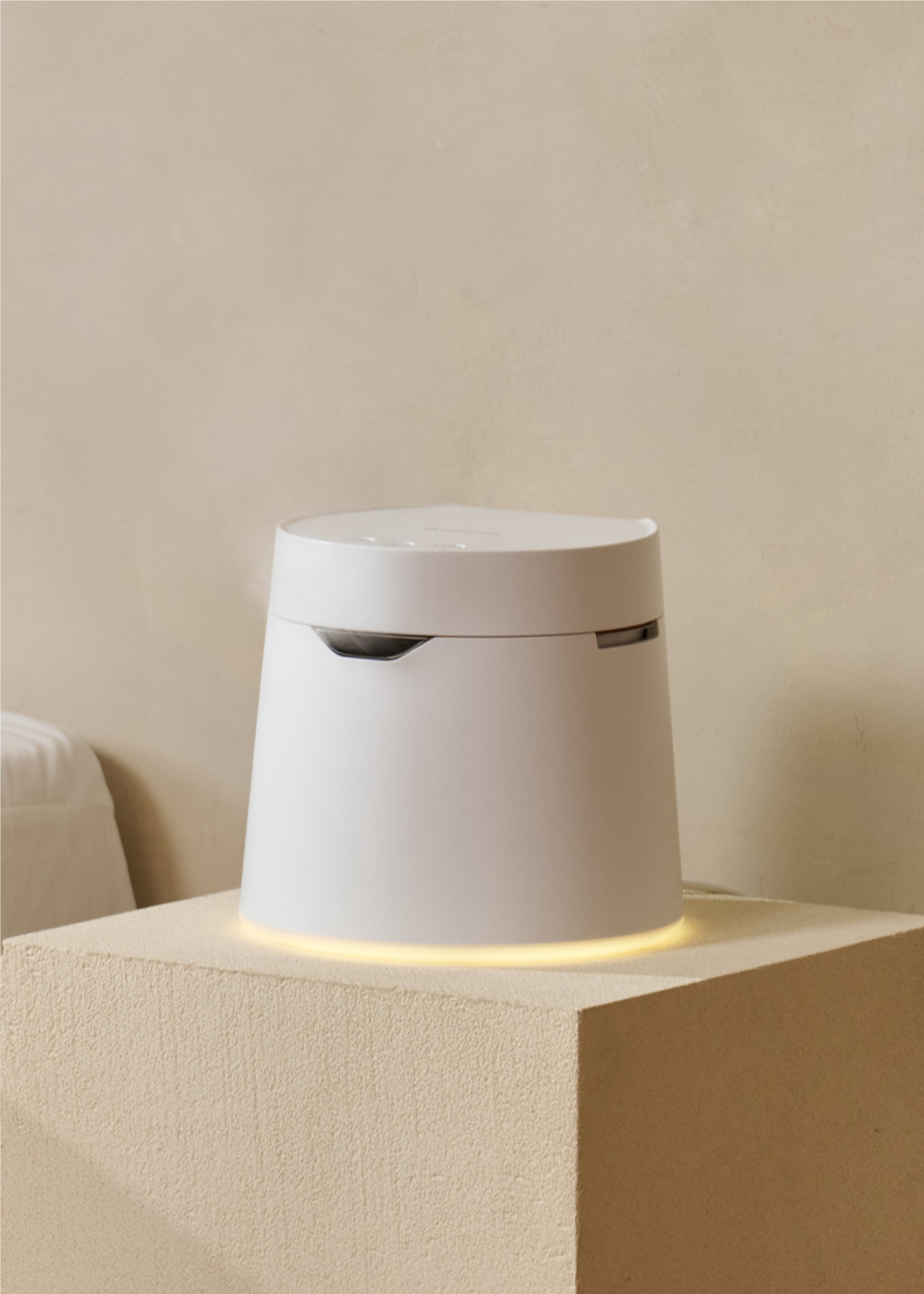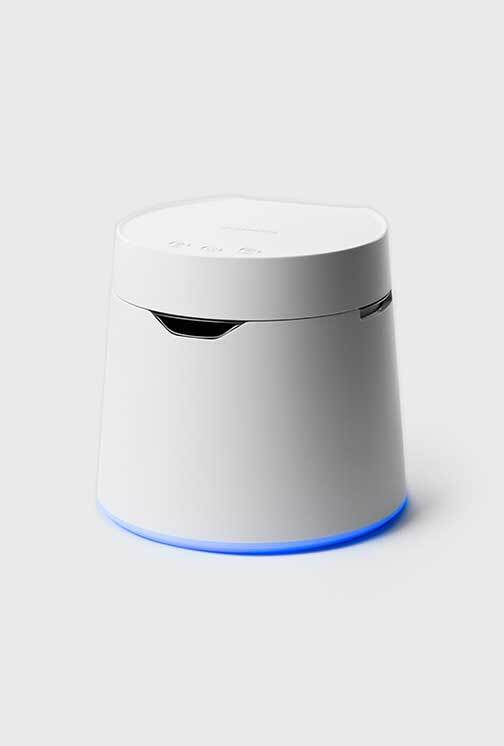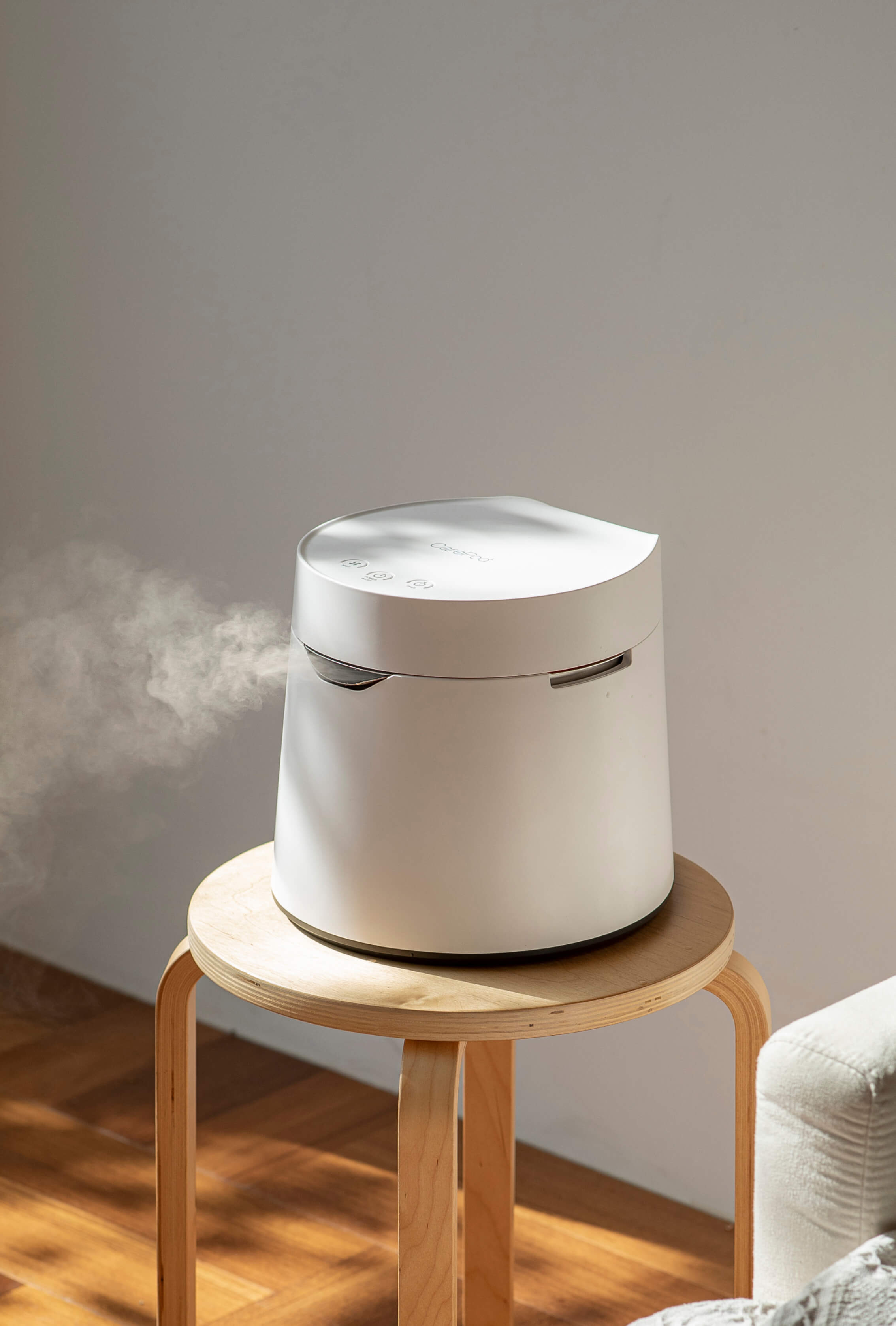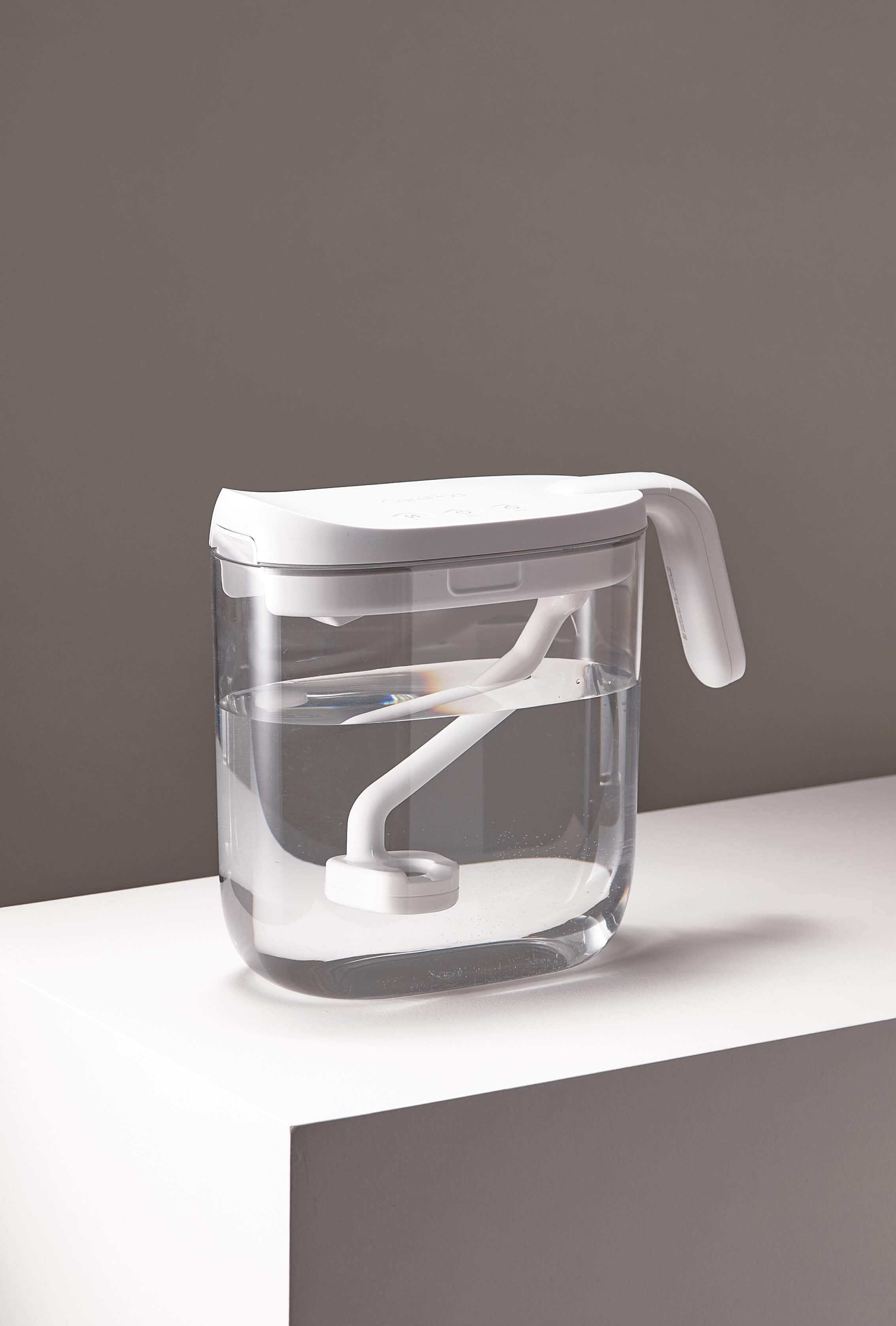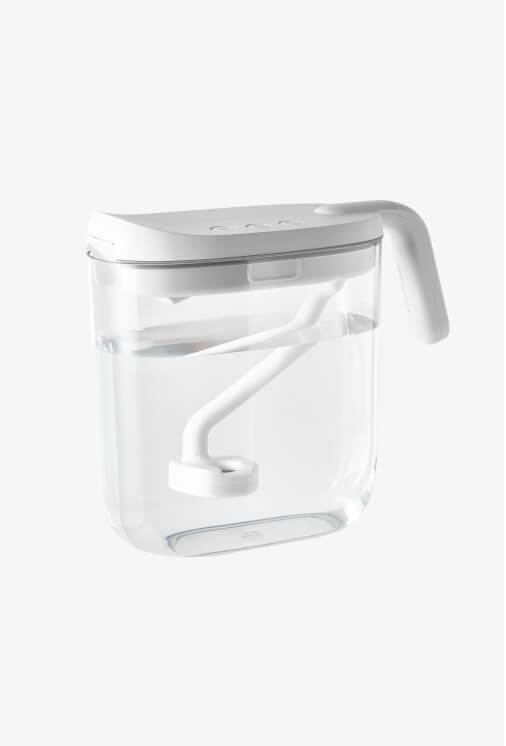What is Relative Humidity? (and the Science Behind It)

You've probably read about humidity on a weather report or in a science textbook at some point. Perhaps you even have something called a humidifier in your house, which can actually provide various benefits for your health and overall well-being. (Read More)
The concept of humidity, though frequently used, is commonly misunderstood. What's the difference between "humidity" and "relative humidity?" What impact does humidity have on our daily lives? Why is that number so important that it's included on every weather report? And what exactly does a humidifier do?
So this article, we'll address these questions and take a closer look at what humidity really is.
What is Humidity?
You've almost certainly observed the effects of humidity in day-to-day life at some point.
On a cloudy or foggy day, you can probably feel that the air is damp and wet, meaning that the humidity is high. On a hot and sunny summer day, you'll probably notice that the air feels dry and your skin might be dehydrated, which means that the humidity is low.
In simplest terms, humidity is the measurement of how much moisture is in the air, which can be quantified in two ways: absolute humidity and relative humidity. It's important to know the difference between them.

Absolute Humidity vs. Relative Humidity
Whether you notice it or not, there's always water in the air. As part of the water cycle, liquid water from lakes, ocean, rivers, and other sources is constantly entering the atmosphere through evaporation and leaving by way of condensation.
Absolute humidity measures the amount of moisture level in the atmosphere at a given time and weather conditions. This quantity is defined as the ratio of the mass of water vapor to the volume of air, typically given in grams per cubic meter.
At any specific temperature, there is a maximum absolute humidity — in other words, a maximum amount of water vapor that that a cubic meter of air can hold. If this upper limit is exceeded, the excess vapor will condense and drop back into liquid form (like how water droplets forms on the side of a glass of ice water).

For example, at 20 degrees C, a cubic meter of air can hold up to 18 grams of water, while at 25 degrees C, it can hold up to 22 grams. In general, as the temperature increases, the atmosphere is able to contain more water vapor. In other words, hot air can hold more humidity than cold air.
Relative humidity (RH), on the other hand, is the number you commonly see on weather reports. It's also a measure of the amount of moisture in the atmosphere, but as a percentage of the maximum amount of water vapor that can be held by the air at particular temperature conditions.
In other words, RH is computed as follows: absolute humidity divided by maximum absolute humidity at a given temperature. Whenever you see the word "humidity" described as a percentage, they're talking about relative humidity, not absolute humidity.
Suppose it's 20 degrees C out and the absolute humidity is 9 grams per cubic meter. Since we know that the maximum amount of water vapor that can be held by a cubic meter of air at 20 degrees C is 18 grams, the relative humidity is 9 divided by 18, or 50%. If the absolute humidity is 18 grams, which happens to be the maximum absolute humidity at 20 degrees C, then the RH is 100%. And if there's no water vapor at all (0 grams), the RH is 0%.
For the same relative humidity, the total amount of moisture in the will be lower in low temperatures and higher in high temperatures. A relative humidity of 30% at 30 degrees contains less water vapor than the same 30% at 70 degrees. Likewise, for the same amount of moisture, the relative humidity will be higher in low temperatures and lower for high temperatures. 10 grams of water vapor per cubic meter of air might mean a relative humidity of 80% in a cold environment or 50% in a hot climate. This explains why Alaska has the highest relative humidity in the U.S. at 77.1%, whereas Nevada has the lowest, at 38.3%

Why Does It Matter?
So what's the matter with relative humidity? Why is this number so important that it's included in virtually every weather report you'll see?
Well, humidity conditions play a big role in our comfort and overall health, regardless of whether we're outdoors or indoors.
Suppose it's 90 degrees out and the relative humidity is 35%. That's a nice summer day and perhaps you should spend some time outdoors. But if it's 90 degrees out with an 85% humidity, you might be better off staying in the house...
For one, it's probably cloudy out to begin with. Excess humidity indicates that there is a high concentration of water vapor in the air, which also means a higher likelihood of rainfall. At 85%, the air is close to its saturation point where it can no longer hold any more moisture content, so the water vapor will condense and fall to the Earth as rain at some point.
A combination of high temperature and high levels of humidity not only feels damp and uncomfortable to the skin, but is also dangerous to human health. When it's hot outside, the body has a tendency to sweat in order to keep cool. But if the humidity is also high and the surroundings can barely hold much more moisture content, it's difficult for this water from sweat to evaporate into the air and be removed from our bodies. This leads to a risk of overheating, and in severe cases, illness or death can occur due to heat stress.

The outdoor environment also impacts the indoor humidity. In fact, you might have noticed that the the air in your house feels dry during the winter, especially when the thermostat is on. But why does this happen?
As discussed before, warm air can hold much more moisture than cool air. A radiator works by bringing the outside air indoors and then heating it.
Imagine that it's a cold temperature of 5 degrees Celsius, at which the maximum possible absolute humidity is 0.2 grams per cubic meter, and the humidity happens to be 100%. This means that there are 0.2 grams of water vapor in any given cubic meter of the outdoor atmosphere. Suppose that through the use of a heating system, we bring a cubic meter of air indoors from the outside and heat it up to room temperature–around 23 degrees C. That volume of air would still contain the same amount of water vapor as before–0.2 grams–but now that the temperature is higher, this warmer air is able to hold more water vapor than before–around 0.6 grams–so the relative humidity goes down to around 30%.
By a similar line of reasoning, the indoor humidity is typically higher during the summer, due to air conditioning.
As you can see, even an extremely high outdoor humidity can be easily and significantly lowered through heating. Relative humidity is very sensitive to temperature, and that's why it's important to maintain a consistent climate in your home.

Humidity in Your Home
Humidity can play a critically important role inside the house, and maintaining a healthy level of humidity is vital to your well-being.
If the humidity of air is too high, excess moisture content can promote the growth of mold and bacteria in your home. This can be dangerous to people who are allergic to mold as well those who have respiratory illnesses or are already immunocompromised, such as babies and the elderly. Additionally, mold growth can have a terrible effect on your walls, furniture, and overall structure of the house. And over long periods of time in a damp, humid environment, you may just feel downright uncomfortable in your own home.

You don't want to keep the humidity too low either, as dry air carries a whole host of health issues, including:
- Drying out the skin, which can lead to general discomfort and irritation and even exacerbate conditions like eczema and psoriasis
- Increasing the spread of influenza – hence, why flu season is typically in the winter months — as well as the rate of infection for other airborne diseases such as COVID-19. (link)
- Exacerbating allergy and cold symptoms, such as nasal congestion, sore throat, and eye irritation.
So what's the sweet spot? The ideal indoor humidity, as recommended by the EPA, is between 30% and 50% in order to prevent negative effects for your health and your home.
But how do you maintain this optimal level of humidity? A simple solution is to use a humidifier, a common household appliance that helps you control and monitor the humidity level and maintain a safe range.
In addition, you should also be mindful of small everyday actions that can impact the humidity in your home. For example, almost everything that involves water, such as cooking, washing clothes, and showering all release additional moisture into the air and increase the humidity.

How Does A Humidifier Work
A humidifier is a device that works by evaporating liquid water from a reservoir and dispelling the vapor into the air. It can be a great investment for your health and your home.
There are several types of humidifiers that use different mechanisms and have their own unique features. The four main kinds are: ultrasonic, evaporative, steam vaporizer, and whole-home humidifier. You can read more about the pros and cons of each option in the "Buying a Humidifier" section of our previous blog.
But why use a humidifier? As discussed previously, there are many dangerous effects of excessively wet or dry conditions in the house so maintaining an ideal humidity level is essential.
Humidifiers can help reduce the rate of infection, provide relief for allergy and cold symptoms as well as other respiratory issues, and even benefit your beauty and skincare routine. They're also great for babies and kids.
Final Thoughts
So that's about it! In this article, we've covered a general idea of what humidity is, the difference between absolute and relative humidity, and impact of humidity on your health and well-being, both inside and outside of the house. We've also gone through some benefits of having a humidifier in your home.
As a brief summary of key points:
- Humidity is a measure of the amount of moisture or wetness in the air
- Relative humidity is the percentage of the maximum possible absolute humidity at a certain temperature
- Warm air can hold more moisture content than cold air
- High humidity and high temperature can be dangerous and lead to overheating
- The air in your house is typically dryer in the winter
- High or low humidity in the house can have negative effects
- There are different kinds of humidifiers that use different mechanisms and have their own benefits and drawbacks
Humidity is an important concept in our daily lives, and hopefully now you have a much better understanding.
